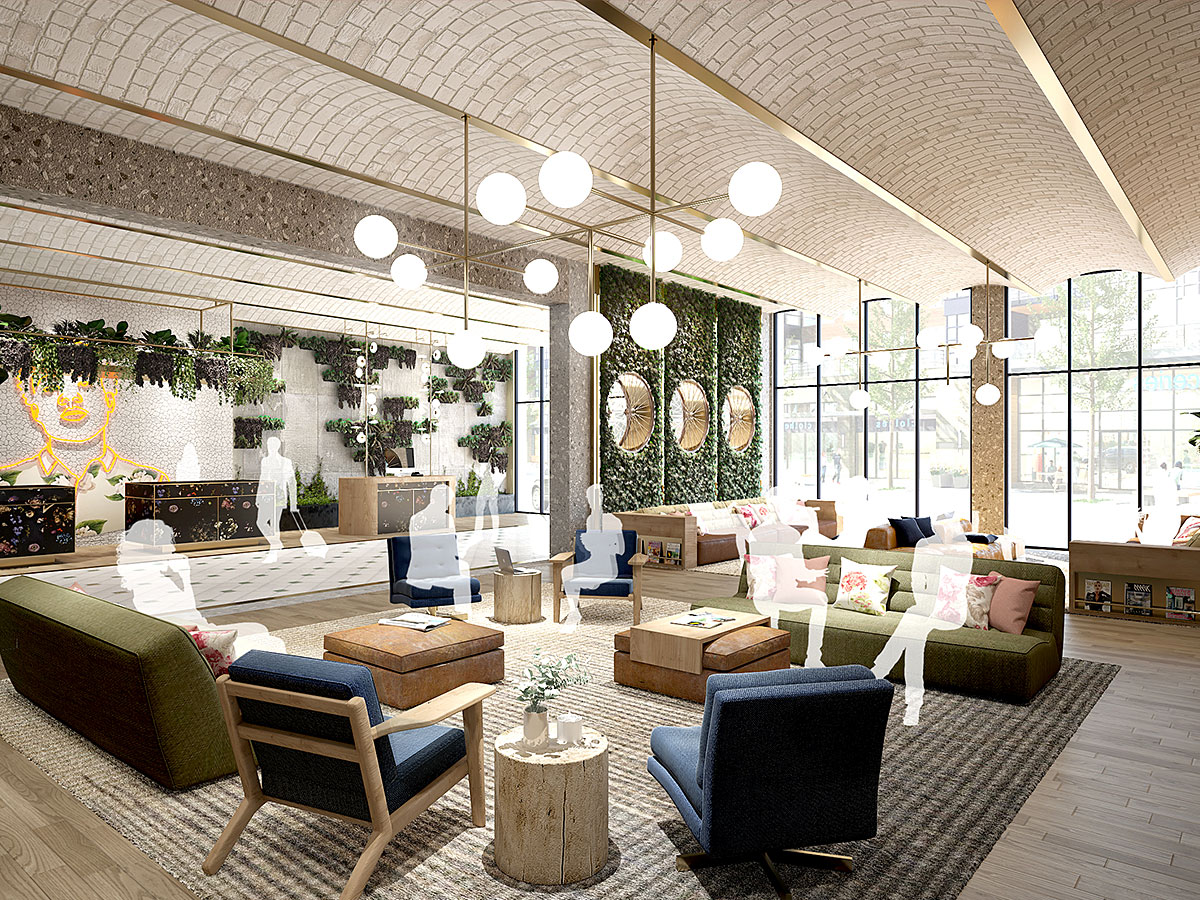 Every day, more and more members of Generation Z become old enough to travel on their own—and they have their own opinions on what they want to see in the design of their destinations. InspireDesign asked Mark Eacott, associate with Hirsch Bedner Associates’ (HBA) new branding division DNA, just what they are looking for.
Every day, more and more members of Generation Z become old enough to travel on their own—and they have their own opinions on what they want to see in the design of their destinations. InspireDesign asked Mark Eacott, associate with Hirsch Bedner Associates’ (HBA) new branding division DNA, just what they are looking for.
What do Gen Z travelers look for in the design of the places they stay?
Gen Z travelers love to travel, and they look for unique, experiential places to stay. They are a generation that defines itself more by values, experiences and beliefs than material objects and things. While luxury is important to them, it has to be meaningful, attainable and sustainable. They are more interested in the story behind that art piece in the lobby or the handmade wooden bench by the elevator—where it came from, who made it, who it benefits, what materials were used—than the brand name or label. They are big on ethical programs and social change and will stay at a place that adopts meaningful and genuine initiatives to positively impact the planet and humanity. As well, they are a worldly generation and locality is extremely important to them. When traveling, they will look for brands or places that connect the surrounding community and local culture to the guest experience—even through design and aesthetics.
How does technology play a role in that design?
Technology plays a big role in the overall travel experience for these digital natives, but not in an obvious way. As they essentially grew up online, they are not interested in “cutting edge” technology or “tech-for-tech sake,” a trap a lot of brands fall into. It’s not about putting the latest iPad in every room. Instead look for tech that can improve the experience and quality of their hotel stay, personal wellbeing and overall daily lives. Tech should be simple, intuitive and most importantly efficient.
Are there any old design standbys that are not appealing to them?
Unlike the Gen X/Baby Boomer generation who valued grand lobbies, large rooms, white formal glove service and thread count, Gen Zers (so far) are more like their Gen Y Millennial counterparts. They are looking for a far more casual interaction and personalize experience, set in informal spaces.
They are happy to trade room size for a better price, and swap a grand lobby for a social hub offering co-everything.
In the room, they will be expecting to be able to stream their own content from their own device, so don’t bother including movies—particularly ones you have to pay for. The mini-bar is definitely a lost concept and something for their parents. They are more likely to completely remove all the overpriced bottles of mini Jack Daniels and Pringles (yes, there are hotel brands that still believe this is what the next generation traveler wants) and use the fridge to keep their own healthy snacks or left-over UberEats/Postmates. Brands such as Ovolo (Hong Kong/Sydney) and Freehand (LA/Miami) have done a great revamp on the whole minibar concept.
When we work with clients on a new concept, we always start by taking everything out of the room, and only allow ourselves (and them) to put back in the design, the things that are actually still relevant. For value-driven Gen Z this is certainly on their agenda, they only want to pay for the things they use and not be charged for the things they don’t.
Are there any simple tweaks that hotels can make to take their current designs for appealing to Gen Z travelers?
Gen Zers are big on personalization and expect customization. They see menus as just examples of what the kitchen can make rather than a limitation of what can be ordered. Expect to be asked for tailored dishes, navigating certain ingredients, more likely of ethical choice rather than allergy.
Strong in values and beliefs, they are more likely to look at the back of a soap bottle rather than the logo on the front. Hotels need to ensure that everything from the meat in the bun-less burger to the stone on the floor, to the bathroom amenities has a sustainable and locally sourced origin and is well told. Wellness is big for these Gen Z travelers, and there are plenty of simple tweaks hotels can make to attract this young cohort. Using sustainably sourced materials and practicing eco-friendly design are outright principles to adhere to, but perhaps more noteworthy is the type of design that this generation are after. We predict that in following their in-built well-being monitor—they’ll resonate with hotels spaces designed with a soothing, calm and paired-back aesthetic, simple rather than stimulating. Designs that offer a space to disconnect and a chance to recharge, hidden away from the busy city and distractions of life.




